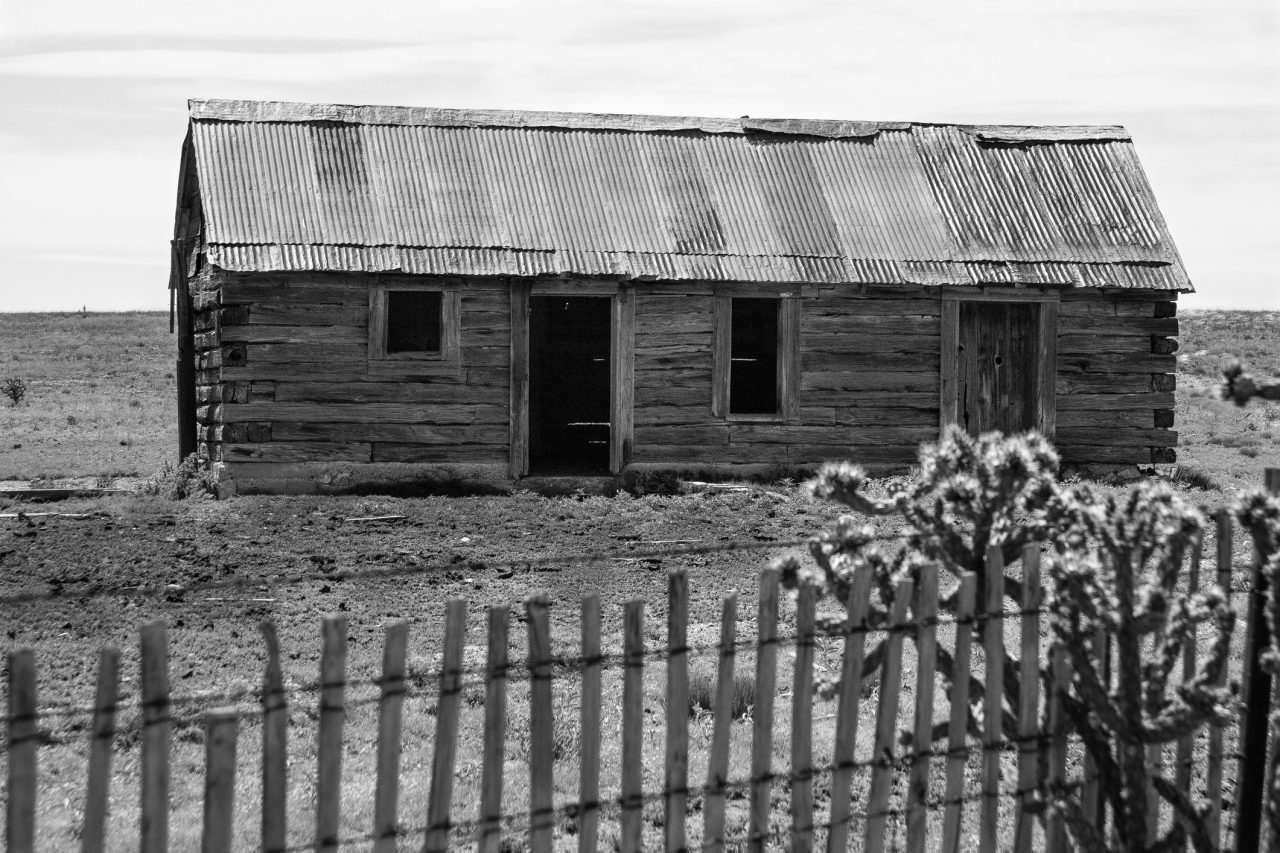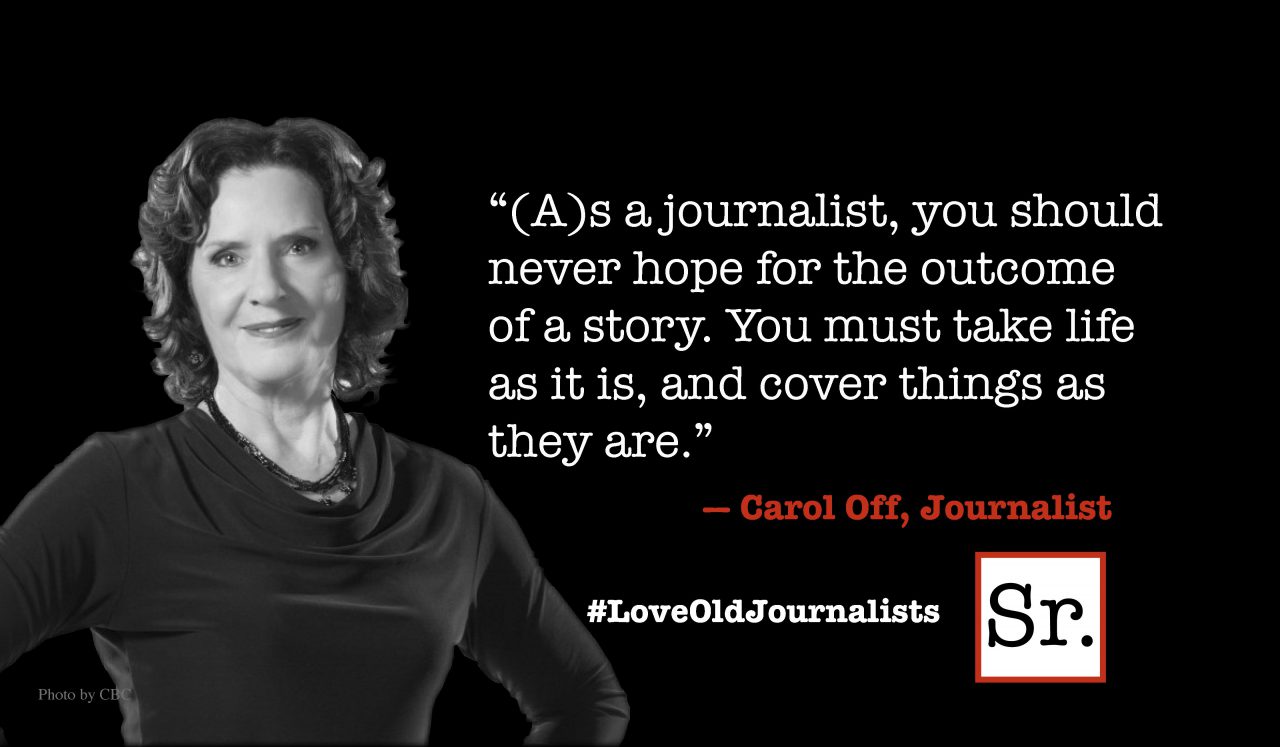The year 1935 was a bad year to be born in Nebraska. My father was the superintendent of a small public school in Cushing – he was fortunate to have a job at all because America was going through a terrible depression. Although he earned less than $700 for the school year, Mom and Dad were thankful that he had a job at all.
Cushing was a small town built when the railroad decided to lay out an industrial spur so that farmers could get their products to market. The spur didn’t prove to be of much value and wasn't used for long, but the town remained. The town has since gradually shrunk to a population of 32, according to the 2010 census.
In order to make ends meet, a large part of our family's food came from what Mom grew in the garden and canned in fruit jars for the winter. However, in 1934, there was a massive grasshopper plague that eliminated much of our food supply. Mom cried when the hoppers ate everything in the garden. They even ate below the dirt level, chewing down into the roots of the plants. They also ate the paint off the siding of the house. It was obvious that the coming winter was going to require some belt-tightening to get through the winter. Dad tried to console my mom, assuring her that next summer would be better, but it wasn’t.
Dad was responsible for earning our family’s income as the superintendent. In order to qualify for a larger school and larger income, he spent the summer at the University of Nebraska in Lincoln. I was about 3 weeks old when Dad left for Lincoln at the end of the school year.
One June afternoon when Mom was working in the garden, it suddenly became very dark. She thought it was a thunderstorm coming since these were so common at that time of the year in Nebraska. She gathered up my brother and me and went running into the house, only to discover it was not a thunderstorm, but a huge cloud of dust. The wind blew with abandon, not caring about what it was doing to people’s lives. When it finally stopped, there was no garden. The young plants had been stripped to the ground and then covered with drifts of fine dust.
During the summer, these storms repeated several times. The dust bowl had its birth in Oklahoma and Kansas, but, in 1935, it worked its way north into western Nebraska. There were no crops for the farmers and no feed for the animals. Mom spent too many evenings crying to sleep and worrying about her babies.
Dishes had to be rewashed before we could use them to get rid of the dust. She stuffed old newspapers around the windows to try – in vain – to keep the dust out. Small drifts of dust developed in the house because no window or door was tight enough to keep it out. Farmers would stop by the house handing out free meat because there was no grass for the cattle to feed on, and they were dropping dead in the pasture.
When Dad came home later in the summer, he found Mom was mentally and physically exhausted. “I will not live in this place any longer,” is all she could cry.
Dad had a contract for the upcoming school term, though. Mom agreed that somehow they could make do for the next school year, but then they would move. She told him to find a job in a different town, because she didn’t know what they’d eat that winter. “I’ll take the boys and go live with my parents; I will not live in this hell hole another year,” she told him.
As soon as the school year was over they moved to a slightly larger town called Alda where Dad earned $1000 for the school year contract.









